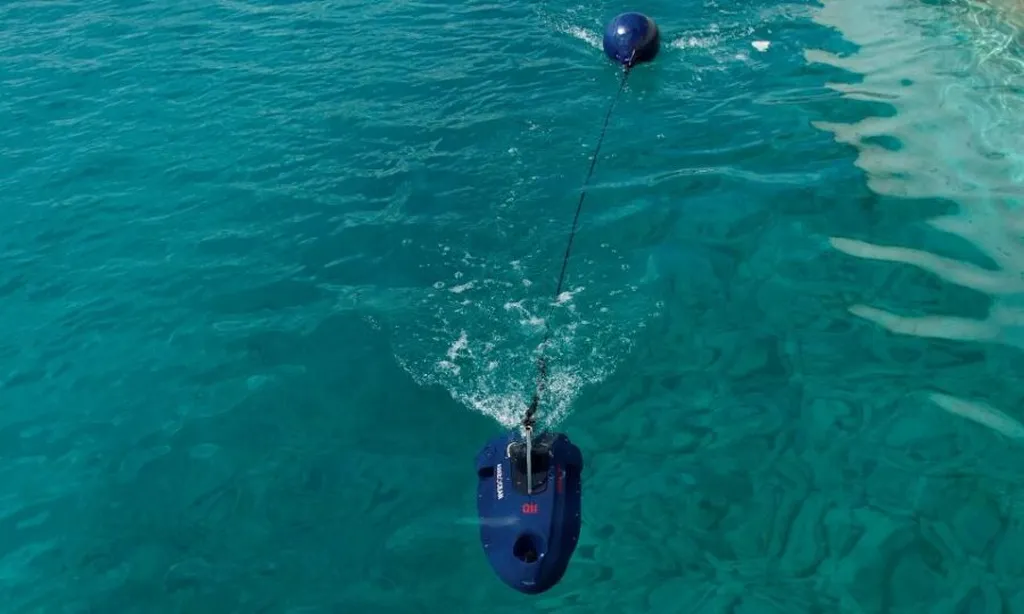Researchers from the University of Cyprus—Kapila W. S. Palitharathna, Constantinos Psomas, and Ioannis Krikidis—have introduced a groundbreaking concept in underwater communication and sensing. Their work focuses on a lightwave power transfer-enabled underwater optical integrated sensing and communication (O-ISAC) system. This innovative system is designed to function under the challenging conditions of ship attitude variations, such as roll, pitch, and yaw.
The researchers’ proposed system involves an access point (AP) mounted on a surface ship, which transmits lightwave signals to two key nodes. The first node is a seabed sensor that harvests energy from the lightwave signals and then transmits uplink information back to the AP. The second node is a sensing target whose position is estimated by the AP using an array of pinhole cameras. This setup is particularly relevant for practical deployment scenarios where ships are subject to constant movement and varying sea conditions.
To accurately model the practical deployment conditions, the researchers considered the ship’s attitude variation through its roll, pitch, and yaw angles. Each of these angles is modeled as following a Gaussian distribution, which is typical under low-to-moderate sea states. This modeling approach allows for a more realistic simulation of the system’s performance in real-world conditions.
One of the key contributions of this research is the derivation of closed-form approximations for the mean squared error (MSE) of target localization and the achievable uplink data rate. These approximations are crucial for understanding the system’s performance and optimizing its design. The researchers validated their models and derived expressions through both analytical and simulation results, which showed excellent agreement. This validation underscores the robustness and accuracy of the proposed models.
The study also highlights the fundamental communication-sensing tradeoff in the O-ISAC system. This tradeoff is essential for designers and engineers to consider when implementing such systems, as it affects the overall efficiency and effectiveness of the system. The researchers provided valuable design insights, including the optimal placement of cameras on the ship to minimize localization error. They found that a minimum MSE of \(10^{-2}\) square meters can be achieved with multiple cameras under roll, pitch, and yaw angle variations of \(10^{\circ}\).
Additionally, the researchers determined the optimal harvest-use ratio for the considered setup, which is approximately 0.55. This ratio is critical for balancing the energy harvesting and data transmission processes, ensuring that the system operates at its peak efficiency.
The practical applications of this research are vast, particularly in the marine sector. The proposed O-ISAC system can enhance underwater communication and sensing capabilities, which are essential for various marine operations, including environmental monitoring, underwater exploration, and maritime security. By improving the accuracy of target localization and optimizing energy usage, this system can significantly advance the state-of-the-art in underwater technologies.
In summary, the work by Kapila W. S. Palitharathna, Constantinos Psomas, and Ioannis Krikidis represents a significant step forward in the field of underwater communication and sensing. Their innovative approach to modeling and optimizing the O-ISAC system under realistic conditions provides valuable insights and practical solutions for the marine industry. This research not only advances our understanding of underwater technologies but also paves the way for more efficient and effective maritime operations. Read the original research paper here.

